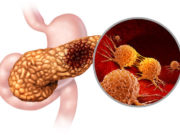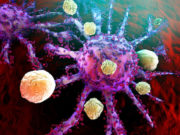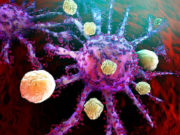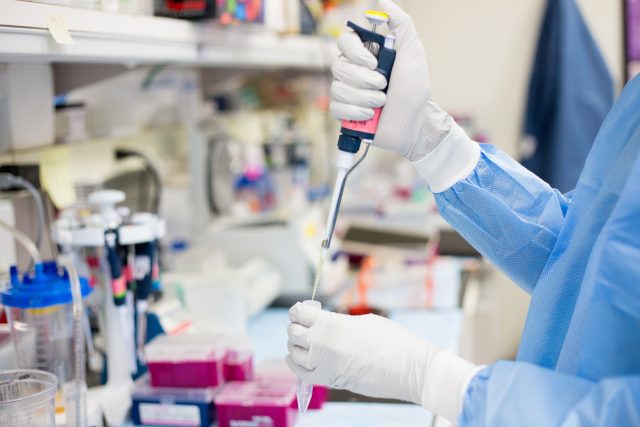A research team from the University of Queensland in Australia has created a groundbreaking test that quickly and accurately detects malignant cells in the body. Although the test cannot determine the location or severity of the disease, it does give doctors the ability to see a small amount of malignant cells in the bloodstream.
 The team discovered the test when they saw that malignant DNA cells adheres to metal surfaces differently than normal DNA cells do. Led by chemistry professor Matt Trau, they came up with a test that looked at microscopic DNA particles in the bloodstream to differentiate healthy from malignant cells. The sensitivity rate for the test is an astonishing 90%, and the results are back within 10 minutes.
The team discovered the test when they saw that malignant DNA cells adheres to metal surfaces differently than normal DNA cells do. Led by chemistry professor Matt Trau, they came up with a test that looked at microscopic DNA particles in the bloodstream to differentiate healthy from malignant cells. The sensitivity rate for the test is an astonishing 90%, and the results are back within 10 minutes.
Tray says “We certainly don’t know yet whether it’s the holy grail for all cancer diagnostics, but it looks really interesting as an incredibly simple universal marker for cancer, and as an accessible inexpensive technology that doesn’t require complicated lab-based equipment like DNA sequencing.”
 How does the test work? According to an article published in Nature Communications, it relies on water. Water contains gold nanoparticles that turn turn it pink. Healthy DNA cells bind to the gold particles to turn them blue, but malignant (cancerous) DNA cells binds to the water differently, so the water remains pink.
How does the test work? According to an article published in Nature Communications, it relies on water. Water contains gold nanoparticles that turn turn it pink. Healthy DNA cells bind to the gold particles to turn them blue, but malignant (cancerous) DNA cells binds to the water differently, so the water remains pink.
The test is still in very early stages of development, so it’s not yet available in clinical settings. It could eventually be the most innovative way for doctors to determine whether an individual needs to undergo further, more specific testing for cancer.
The best thing about the test is its cost. It’s very simple and inexpensive. This means it would be widely available to patients, including those with limited access to advanced health screenings. According to the research time, the test has already detected breast, prostate, and colorectal cancers, as well as lymphoma. Clinical trials will soon be underway so that the test can become available to medical practitioners.
This transformative new tool might be the answer to the “cancer epidemic” our country has seen in the last few decades. Having an easy, quick, and inexpensive way to detect the presence of cancerous cells in the body could go a long way to preventing the disease from reaching advanced stages.




























